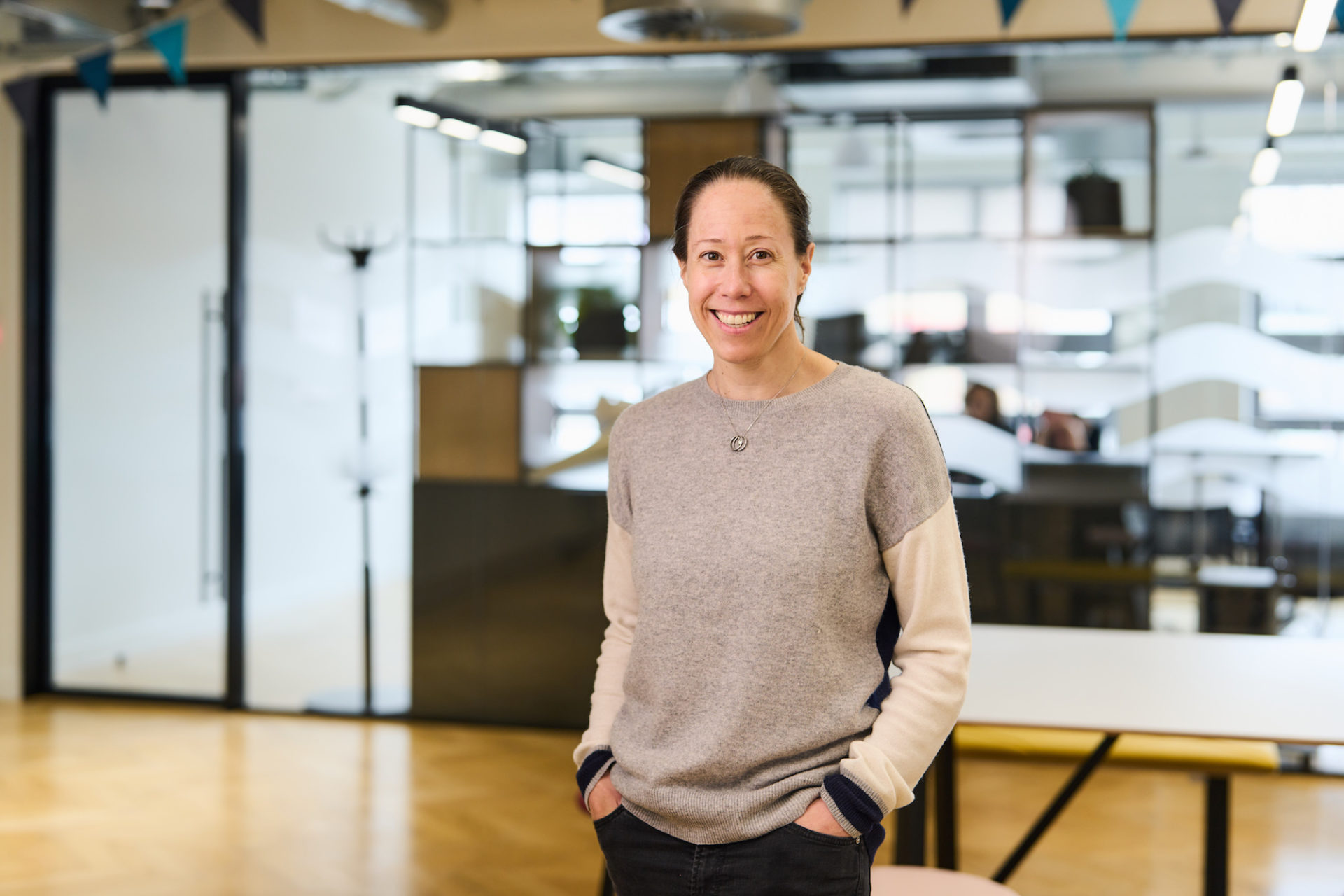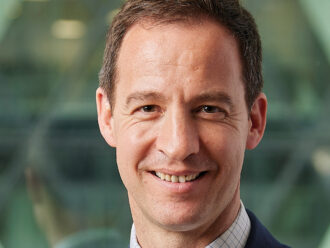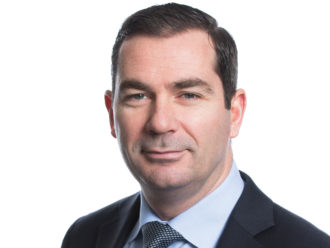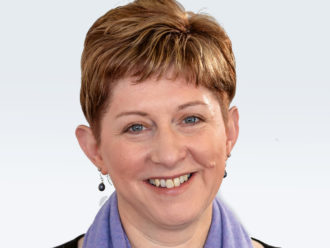How have your first six months in the role been?
This is my dream role and it has been brilliant. I love being an investor. I love putting capital to work and being able to do that under a dual mandate, to produce financial returns and health impact, which is incredibly rare. To fund a mission-driven organisation and generate returns is something I love doing.
To fund charitable purposes is a dream come true for me. So in that sense, bringing the charity angle and the investor angle together is an ideal combination.
What have been your biggest challenges so far?
The institutions of Guy’s and St Thomas’ are close to 500 years old, but the Foundation in its current form has only been an independent entity for a few decades. On the investment side, we haven’t had an internal team responsible for making investment decisions.
That is now changing. We are building and shifting that operating model, so naturally challenges come with that. One of the reasons for hiring an internal CIO is so we can take the decisions in house. If you want to align your investments with your values – which is the big motivator for us – that is something we have to do for ourselves.
Big challenges come with that. Bringing that investment segment in house, while having that consistency of approach, the consistent alignment of ESG, diversity, equity and inclusion and climate responsibility while looking at every angle we can to do our best with our capital, is a real privilege, but also a challenge, although an enjoyable and rewarding one.
Can you give me an insight into the portfolio of the foundation’s £1bn endowment?
Firstly, we have £600m in private equity, public equities and diversified hedge funds. It’s not far from a traditional allocation, with a quarter in private equity and the rest made up of liquid assets. This £600m has been wholly outsourced in an OCIO [Outsourced chief investment officer] model, so this is being reframed as part of the new operating model from the investment perspective and brought in house. We will continue to work with advisers, but we don’t need to recreate the wheel.
Then we have £400m in property. In this part of the portfolio, we have a lot of development sites on land around Guy’s Hospital and St Thomas’ Hospital.
We also have significant exposure to property in Southeast London. This is super exciting, because of the development plans. The idea is to build a life science hub in London. Then to facilitate that space for the entirety of the organisations involved in that ecosystem, be it a chemist, startups, pharma companies, hospitals, all who are involved in innovation. So we will facilitate all of those organisations coming together.
And on the portfolio, it is to maintain the real value of the endowment in perpetuity.
What is your approach to ESG?
We are committed to responsible investment. We are in the process of establishing our responsible investment mindset and we are working towards a well-articulated approach so that we know in clear investment terms, what it exactly means. We are doing a lot of work. We have begun the process. We have to think about where we set ourselves targets.
We need to push ourselves on this, to be at the forefront of thinking about how to invest in the most responsible way. It is about being able to invest holistically, but for us, at the same time keeping your mission very much in sight. Our aim is to use our capital to solve problems and drive outcomes that are aligned with our mission and with our values where possible. So there is an added layer of consideration.
But we are going to look at every future investment in the context of its financial return, risk and liquidity profile but also the impact that the capital being put to work is going to have on broader society. I would say we already invest thoughtfully and with purpose.
Our whole portfolio approach is living by our mission, but we are now trying to bring all of our thinking together and consistently in line.
After all, our money is being put to work by people who are thoughtful about all of those mission drivers in our organisation: the key being societal health. We also have some targeted impact investments, which is currently a small allocation.
But I would also note there is so much jargon in this space, and I don’t love that because everyone has their own interpretation of what responsible and sustainable investment and impact means.
How can the government help your work as a foundation?
It can be challenging for policymakers. I don’t believe in big government but regulation is important. Some of the issues around greenwashing are still a problem. But the point is about the issues being real: net zero needs to mean net zero.
As an aside to that, there should be a greater insistence on real data. That can help all investors make better decisions. If you have insightful data about what a corporate does, how they do it and social inequality metrics throughout the supply chain, it is going to make the world a better place and easier for investors to make ESG-related decisions.
Are you hoping for better if there is a change of government in 2024?
For our opportunity set and investment return, which are global in nature, it is a much broader challenge and set of issues than just the UK.
What is the biggest difference between you as a foundation and other institutional investors?
I have already hit the nail on the head with the mission. That is a big difference.
There is also the time horizon. We have the gift of time and it is up to us to manage that. We manage our own timing, because what we have to do is deliver returns and cash to fund our ongoing activities.
You have expressed your commitment to diversity, equity and inclusion. How should DE&I influence the work of institutional investors?
I have been speaking to a lot of asset owners and a lot of asset managers and some of them seem a bit confused about how it can work for them from a diversity, equity and inclusion perspective. There are reasons to care about this.
One is because if you want to encourage investment decision-making that reflects the world we live in, and look at all of the opportunities, it is proven that if you have a more diverse set of decision-makers you get a more diverse set of investments. Therefore, if capital is spread more widely across all its potential homes in the economy that is a real benefit.
You then get diversified-tested return streams, which are generally a better set of return streams. If you have a diverse set of employees at a fund that reflects the world you can invest in the whole range of opportunities on offer. It is a better return generating opportunity set and also gets capital to the places that are important.
There are so many horrible statistics about women entrepreneurs being under-funded – and the same with people of colour. The reason is people in finance and investment direct capital towards the people who look and sound like them largely. So if you diversify the people working in investment, you diversify the investment itself.
We have therefore set ourselves to think about funds where there is diversity in the team and a commitment to DE&I, so that we can see that reflected in the decision-making.
So you are making changes on this front?
Absolutely. We think about DE&I, we think about climate and then we think about the culture of integrity we should work in, which pulls it all together.
We then think about if there is an intentional impact or contribution to the UN Sustainable Development Goals in terms of where the capital is being put to work. And overall, is it helping to drive our health outcomes?
It comes down to the fact we are pulling everything together and being consistent and thoughtful in exactly the same process, exactly the same way with regard to every single investment. It matters.
So the reason for bringing everything in house is to make the whole approach like a stick of rock – the ESG, the DE&I, the climate, the values, the mission alignment are going to cut through everything we do. And that, as I say, hasn’t been the case before now.
What is the biggest lesson you have learnt in your career?
My motto is: always learn and make your world bigger.
The world changes fast as people are always coming up with new ideas and you have to keep an open mind. There is always something to learn, there’s always a different perspective.
You have worked in asset management and held roles in the charity sector. What were the biggest differences and which have you preferred?
I have enjoyed every role. Your life is a blank mosaic and every single role that you have allows some of those blank little tiles to be coloured.
I would say I have the ability to be calm and make decisions for the long term, which is something I see as a gift. But also to be able to work in an organisation like Guy’s that allows me to do that is a privilege. I have also worked with some brilliant people and learned an awful lot along the way.
Do you see any challenges on the inflationary or geopolitical fronts?
There are always challenges. The geopolitical situation is extremely sad from a human perspective, and you want to think the world can get to a better place.
But from an investment perspective, the joy and the benefit of being able to invest for the long term and with that time horizon, these issues are more about the short term with more short-term implications. I have to keep my eye on the ball for the long term.
EMMA DAVIES’ CV
May 2023 – present
Chief investment officer
Guy’s & St Thomas’ Foundation
Jan 2021 – April 2023
Co-CEO
Octopus Ventures
April 2016 – December 2020
Partner
Marylebone Partners
May 2013 – March 2016
Principal in public markets/head of property
The Wellcome Trust
Jul 2011 – April 2013
Chief investment officer
Big Society Capital





Comments